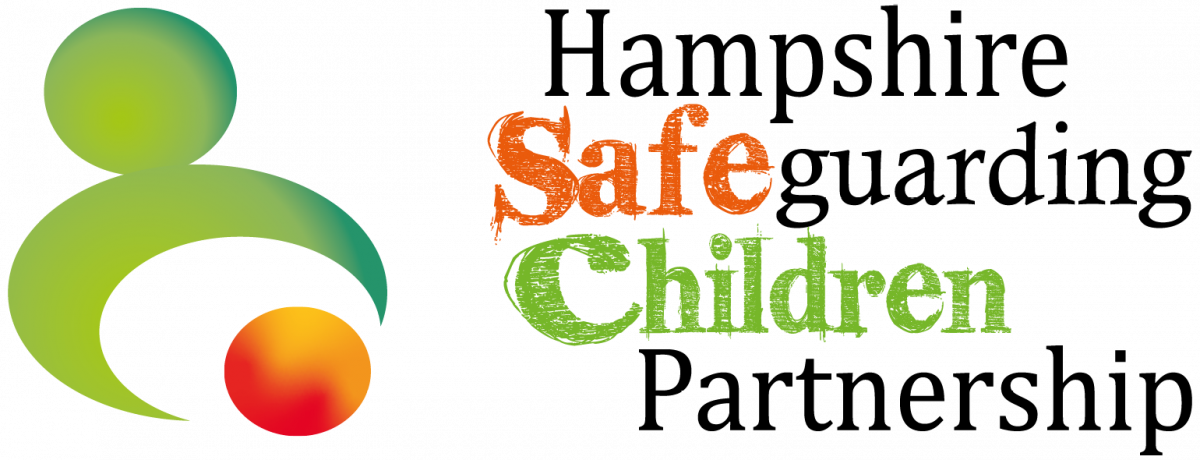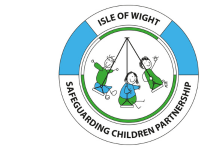What is child abuse?
Child abuse is when a child is intentionally harmed by an adult or another child – it can be over a period of time but can also be a one-off action. It can be physical, sexual or emotional and it can happen in person or online. It can also be a lack of love, care and attention – this is neglect (NSPCC).
There are four main categories of child abuse. These are:
- Neglect
- Emotional abuse
- Physical abuse
- Sexual abuse
Common signs of child abuse
Some common signs that there may be something concerning happening in a child’s life include:
-
- Unexplained changes in behaviour or personality.
- Becoming withdrawn.
- Seeming anxious.
- Becoming uncharacteristically aggressive.
- Lacks social skills and has few friends, if any.
- Poor bond or relationship with a parent.
- knowledge of adult issues inappropriate for their age.
- Running away or going missing.
- Always choosing to wear clothes which cover their body.
These signs do not necessarily mean that a child is being abused. There could be other things happening in their life which are affecting their behaviour.
You may also notice some concerning behaviour from adults who you know have children in their care, which makes you concerned for the child/children’s safety and wellbeing.
For further information, see the NSPCC’s film on the signs and indicators of abuse.
In addition, there are other variations of abuse, such as child exploitation and abuse associated with culture and belief. Please see the Toolkits section of the HSCP website for further information on these other forms of abuse.
You can find out more about the main four types of abuse below:
Neglect is the ongoing failure to meet a child’s basic needs and is the most common form of child abuse. A child might be left hungry or dirty, or without proper clothing, shelter, supervision or health care. This can put children and young people in danger. It can also have long-term effects on their physical and mental wellbeing.
There are different types of neglect which can present with different indicators. The Hampshire and Isle of Wight Safeguarding Children Partnership’s Neglect Toolkit provides information on each of the types of neglect and how to recognise it.
Neglect can have a significant impact on childhood and the effects can be both short and long-term on the child including:
- Problems with brain development.
- Taking risks, like running away from home, using drugs and/or alcohol or breaking the law.
- Getting into dangerous relationships.
- Difficulty with relationships later in life, including with their own children.
- A higher chance of having mental health problems including depression.
Emotional abuse is any type of abuse that involves the continual emotional mistreatment of a child. It is sometimes called psychological abuse. Emotional abuse can involve deliberately trying to scare, humiliate, isolate or ignore a child.
Emotional abuse is often a part of other kinds of abuse, which means it can be difficult to spot the signs or tell the difference, although it can also occur on its own.
Examples of emotional abuse include, but are not limited to:
- Blaming and scapegoating.
- Threatening or shouting at a child or calling them names.
- Not allowing a child to have friends.
- Constantly ignoring them.
- Manipulating them.
- Never saying anything kind, expressing positive feelings or congratulating a child when they have done well.
- Never showing any emotions in interactions with a child.
- Humiliating or constantly criticising a child.
There might not be any obvious physical signs of emotional abuse or neglect. And a child might not tell anyone what’s happening until they reach a ‘crisis point’. That is why it is important to look out for signs in how a child is acting.
As children grow up, their emotions change. This means it can be difficult to tell if they’re being emotionally abused. However, children who are being emotionally abused might:
- seem unconfident or lack self-assurance,
- struggle to control their emotions,
- have difficulty making or maintaining relationships,
- act in a way that is inappropriate for their age.
The signs of emotional abuse can also be different for children at different ages.
Physical abuse is when someone hurts or harms a child or young person on purpose. This includes:
- Hitting a child with a hand (including slapping or punching) or an object.
- Kicking
- Shaking
- Throwing
- Poisoning
- Burning or scalding
- Biting
- Scratching
- Breaking bones
- Drowning
It is important to remember that physical abuse is any way of intentionally causing physical harm to a child or young person. It also includes making up the symptoms of an illness or causing a child to become unwell (fabricated or induced illness).
Bumps and bruises don’t always mean a child is being physically abused. All children have accidents, trips and falls. And there isn’t just one sign or symptom to look out for. But it’s important to be aware of the signs.
If a child regularly has injuries, there seems to be a pattern to the injuries or the explanation does not match the injuries, then this should be reported.
Research shows that it is very unusual for infants who are not crawling (not independently mobile) to sustain bruises accidentally. Bruising in this age group raises significant concerns about physical abuse. Studies suggest that young babies rarely have an accidental bruise and that there should be a clear explanation for these injuries. The Hampshire and Isle of Wight Safeguarding Children Partnership’s Safeguarding Infants Toolkit explains what to do if a non-mobile baby has a suspected bruise. It is vital that action is taken immediately in these circumstances as the injury can be catastrophic.
Child sexual abuse is the act, or actions, of forcing, tricking or enticing a child or young person to take part in sexual activities. There may or may not be violence involved, and the child or young person may not understand what is happening or that it is wrong. The child or young person may be afraid to tell someone, or they may incorrectly think they are to blame or believe they have consented to the abuse.
It is never a child’s fault they were sexually abused – it is important to make sure children know this.
The Hampshire, Isle of Wight, Portsmouth and Southampton (HIPS) Safeguarding Children Partnership’s Child Sexual Abuse Toolkit provides information on the different types of child sexual abuse.
Rates of verbal disclosure by a child are low at the time that abuse occurs in childhood. However, children say they are trying to disclose their abuse when they show signs or act in ways that they hope adults will notice and react to. This is particularly important for disabled children.
Signs of sexual abuse may include:
- Avoiding being alone with or frightened of some one they know.
- Language or sexual behaviour that is not age appropriate.
- Having nightmares.
- Bedwetting.
- Alcohol or drug misuse.
- Self-harm.
- Changes in eating habits or developing an eating problem.
- Changes in mood, feeling irritable and angry.
- Spending a lot less time than usual online/texting/gaming or using social media.
- Seeming distant, upset or angry after using the internet or texting.
- Being secretive about who they are talking to and what they are doing online.
- Having lots of new phone numbers, texts or email addresses on their devices.
Domestic abuse, although not in the four categories above, can have a significant impact on children and young people. Find out more about domestic abuse below:
Domestic abuse is any type of controlling, bullying, threatening or violent behaviour between people who are, or have been, in a relationship. It can also happen between adults related to one another. It can seriously harm children and young people, and experiencing domestic abuse is child abuse.
It is important to remember that domestic abuse:
- Can happen inside and outside the home.
- Can occur over the phone, on the internet and on social networking sites.
- Can happen in any relationship and can continue even after the relationship has ended.
- Both men and women can be abused or abusers.
Living in a home where domestic abuse happens can have a serious impact on a child or young person’s mental and physical wellbeing, as well as their behaviour. This can continue after the adults’ relationship has come to an end, and post-separation abuse and coercive controlling behaviours can continue to remain a factor in the child’s life. The impact on a child can last into adulthood.

